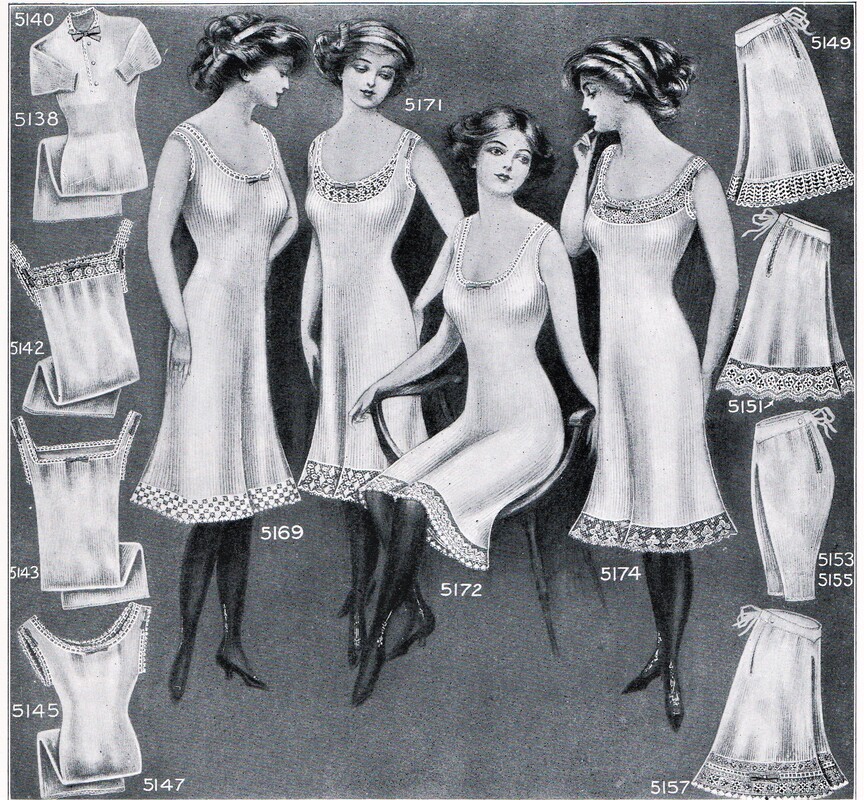You know, I never thought I'd get so wrapped up in something like old-timey ladies' underwear. Sounds a bit odd, doesn't it? But here I am, knowing more about chemises, stays, and petticoats than I ever imagined I would. It all kinda started by accident, really.
I got this idea to try and make a historical costume, just for fun, you know? For a local fair. I picked an era, thought it’d be straightforward. Boy, was I wrong. I quickly realized that the fancy outer dress was only half the story, maybe even less! The real magic, or madness, depending on the day, was underneath.
So, I started digging. My first step was just looking at old pictures and drawings. Then I tried to find patterns. Good luck with that! Especially accurate ones for the really old stuff. It felt like trying to piece together a puzzle with half the pieces missing and no picture on the box. I spent hours, and I mean hours, scrolling through museum websites, blogs from other brave souls, and squinting at grainy images from old books. My browser history was a wild ride, let me tell you.

Then I decided, "Okay, enough reading, I gotta actually make something." I figured I'd start simple. A chemise, basically a long linen undershirt. Sounds easy, right? Well, getting the right kind of linen, that was a whole thing. And the hand-sewing! These folks didn't have fancy sewing machines for everything. My fingers were sore for days after my first attempt. But when it was done, and it actually looked like the pictures, I was pretty chuffed, not gonna lie.
After the chemise, I thought, "What's next?" And that's when I fell down the rabbit hole of corsets, or "stays" as they were often called in earlier periods. Man, oh man. Those things are an engineering marvel and a torture device all rolled into one, or so I thought at first. I learned about boning – whalebone back then, thankfully we have other options now! – and coutil, this super sturdy fabric. My first attempt at making stays was a disaster. Lopsided, uncomfortable, just a mess. I almost gave up. I remember sitting there, surrounded by fabric scraps and bits of plastic boning, thinking, "Why am I doing this to myself?"
But I'm stubborn. So, I ripped it apart and started over. And then again. I watched so many videos, read so many tutorials. Slowly, very slowly, it started to make sense. It wasn’t just about squeezing women into a shape; it was about creating a foundation. A solid base for the clothes that went on top. The silhouette everyone sees? It all starts with these hidden layers.
Once I kinda got the hang of one period's underpinnings, I got curious about others.
- What about those huge, round skirts from the 18th century? Panniers! Like wearing a fabric cage around your hips.
- And the Victorian era bustles? Basically a pillow for your bum to make the dress stick out.
- Then the 1920s, when things got simpler, but still had their own foundation garments to get that slinky, boyish look.
Each era had its own crazy contraptions. And making mock-ups, even small ones, taught me so much more than just looking at pictures. You feel how they restrict movement, or how they support the weight of heavy skirts. You start to understand why people stood a certain way, or why dresses were cut the way they were.

It's funny, I started this just wanting to make one dress for a fair. Now, my little sewing corner is full of bits of linen, cotton, twill, and all sorts of weirdly shaped pattern pieces. I’ve got books on historical tailoring that I actually read for fun now. My friends think I'm a bit bonkers, especially when I start talking about the importance of a properly fitted busk. But honestly, it's been fascinating. It’s like a secret history, hidden under all the fancy gowns. You learn about the clothes, sure, but you also get a tiny peek into what life might have actually felt like for women back then. And that, for me, has been the coolest part of this whole unexpected journey.








